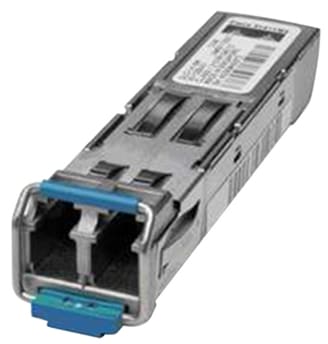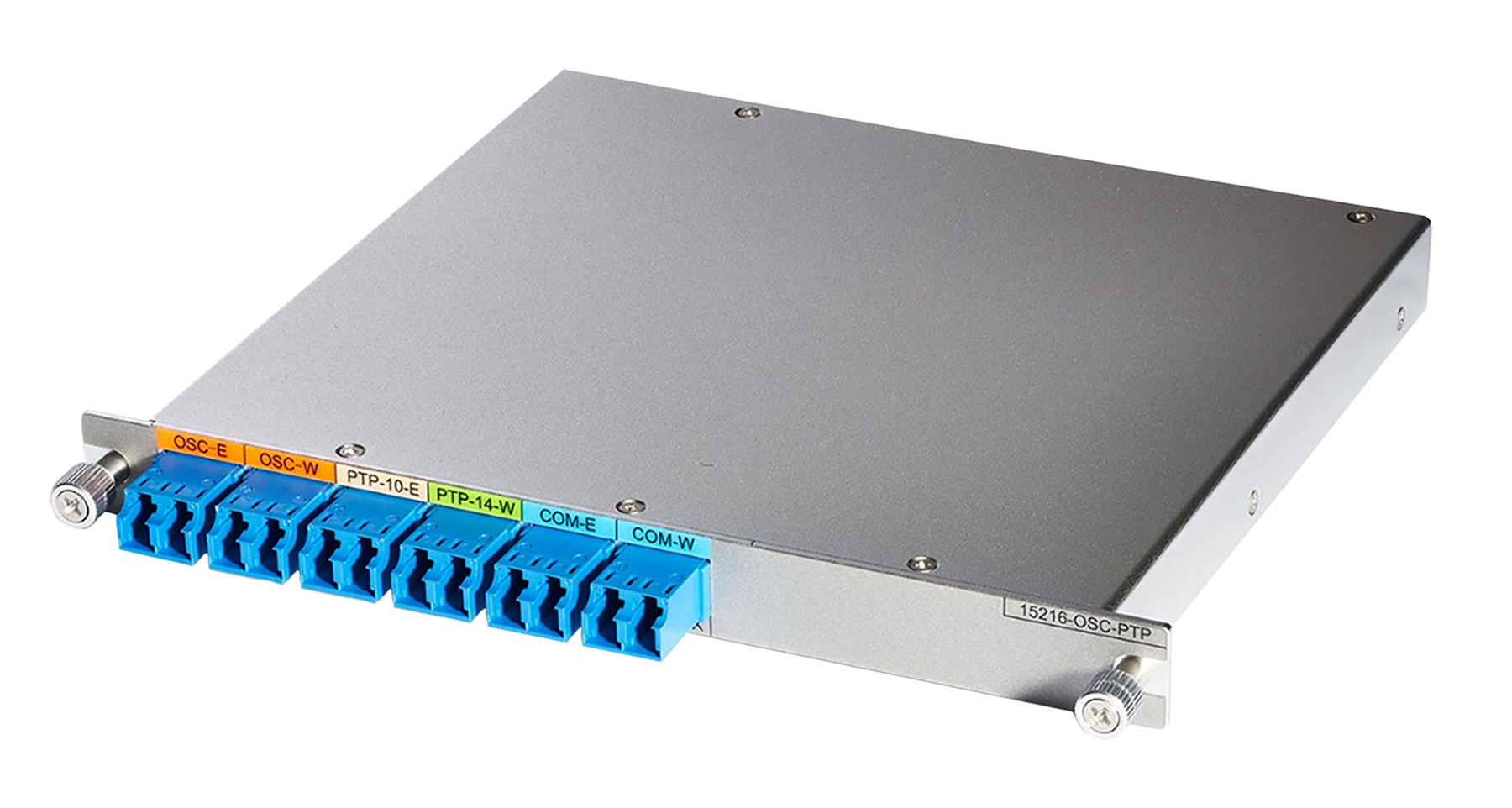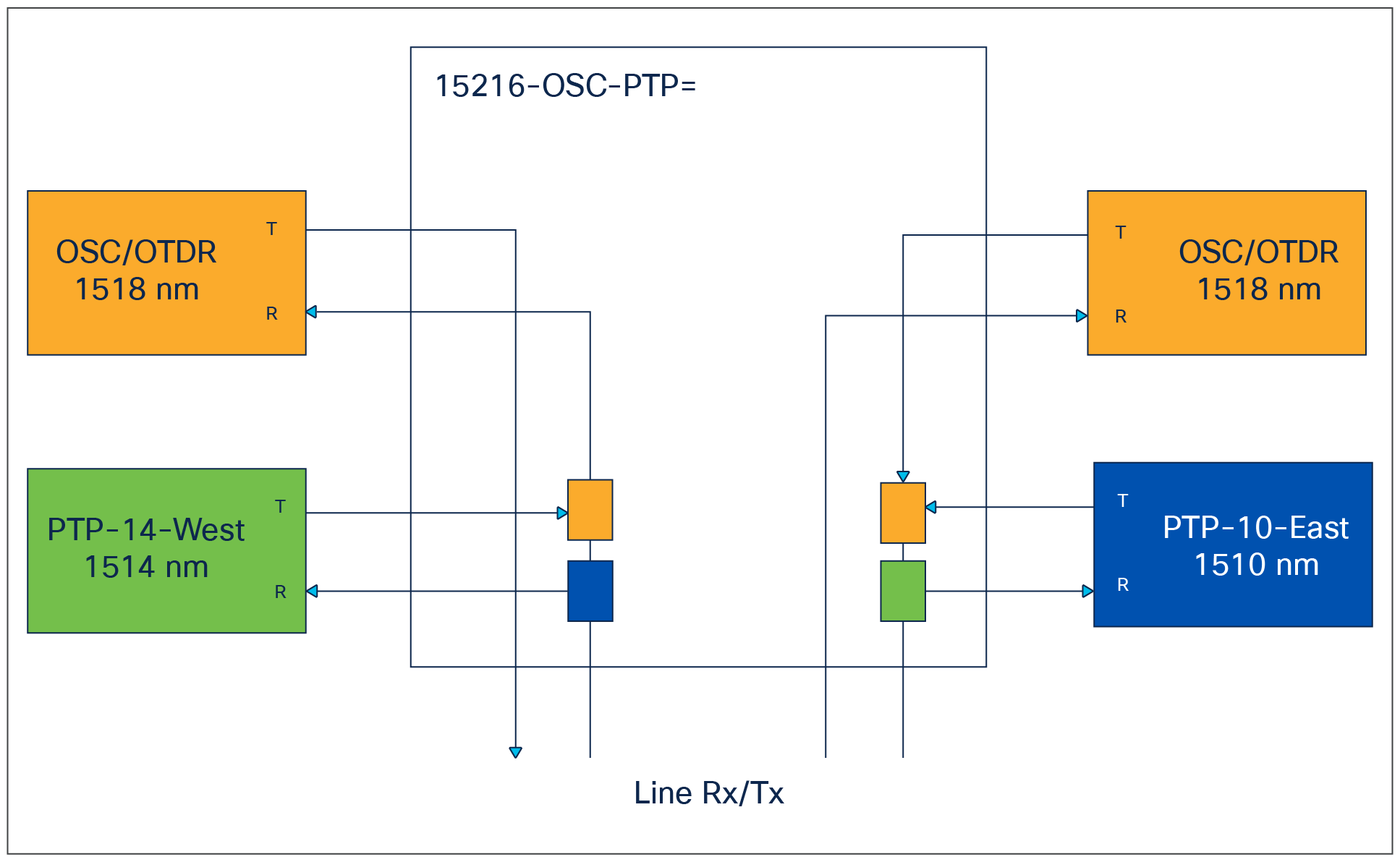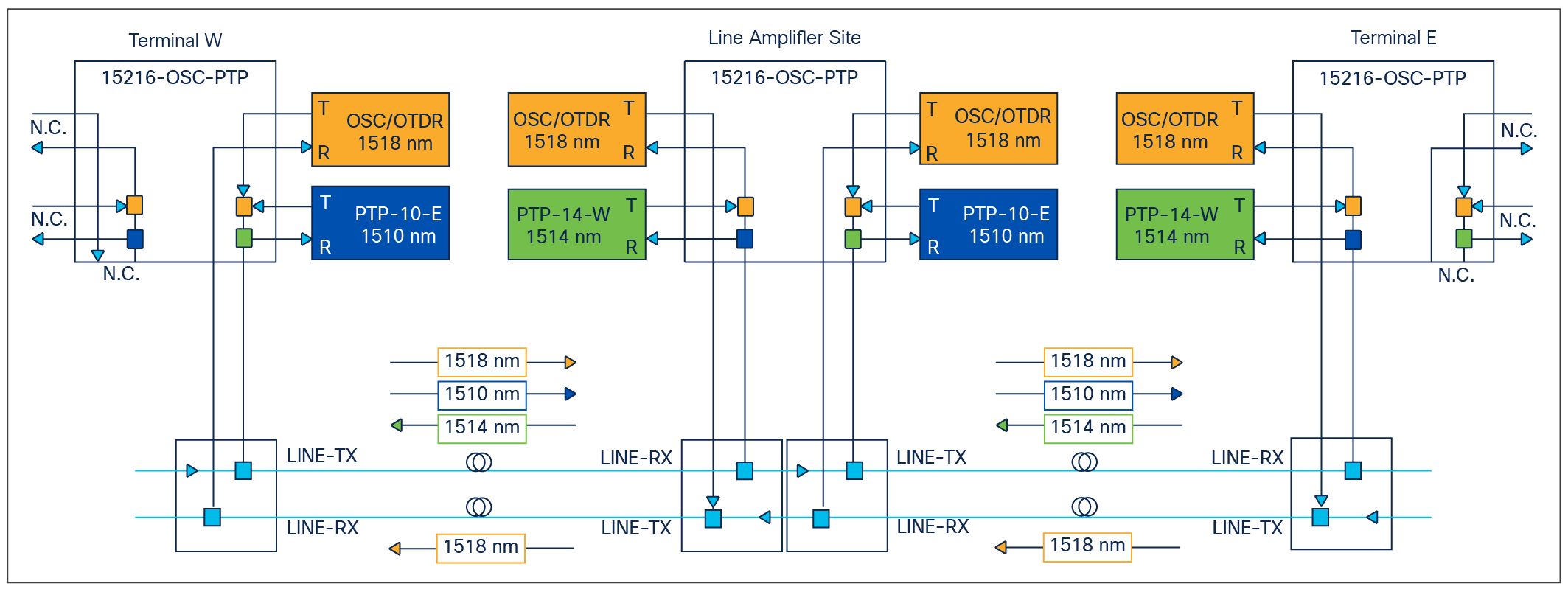Precision Timing Protocol (PTP) Support on NCS 2000 Data Sheet
Available Languages
Bias-Free Language
The documentation set for this product strives to use bias-free language. For the purposes of this documentation set, bias-free is defined as language that does not imply discrimination based on age, disability, gender, racial identity, ethnic identity, sexual orientation, socioeconomic status, and intersectionality. Exceptions may be present in the documentation due to language that is hardcoded in the user interfaces of the product software, language used based on RFP documentation, or language that is used by a referenced third-party product. Learn more about how Cisco is using Inclusive Language.
This is a solution on the NCS 2000 optical line system platform to support PTP timing signal.
The Cisco NCS 2000 is a next-generation optical line system that enables the DWDM layer of many customers’ modern networks today. It allows customers to exploit fiber capacity intelligently and brings to fore the fundamental as well as advanced aspects of an optical network. Supporting the Precision Timing Protocol (PTP) signal is increasingly becoming a critical aspect of a network installations. In this regard, Cisco has devised a creative add-on solution to support the PTP signal over an existing NCS 2000 optical network installation.
The solution is a combination of different HW modules that come together to enable the PTP transmission over an NCS 2000 DWDM optical network.
1. There are two different pluggable optical modules, SFP (small form factor) optics.
2. A passive optical filter.
3. The PTP signal itself is sourced from a router capable of transmission of the PTP signal like the NCS 540 or the NCS 55xx.
The 2x pluggables specified above and the passive optical filter are new HW products, while the router itself is orderable separately since a while. The products come together to enable the PTP transmission as described in the solution overview below.

The PTP transmission SFP optical pluggable

The OSC-PTP passive optical filter module
The solution is a combination of various aspects. The PTP optical SFP pluggable itself is hosted on a router like the NCS 540 or the NCS 55xx that are capable of transmitting and receiving the PTP signal. The PTP optical SFP pluggables come in two variants, both of which are capable of DWDM transmission at 1 GBps. One pluggable is capable of transmission at the 1510-nm wavelength and the other at the 1514-nm wavelength of the optical spectrum.
The Optical Supervisory Channel (OSC) is a channel that runs across the entire NCS 2000 DWDM optical network. This is a DWDM optical signal generated by a DWDM pluggable that is hosted on the TNCS controller of the NCS 2000. This channel runs at the 1518-nm wavelength of the optical spectrum.
The crux of the solution is to combine, at an optical level, the OSC coming from the TNCS controller of the NCS 2000 and this PTP signal coming from the router, using a passive optical filter to send the composite OSC+PTP signal over the NCS 2000 network. At every node, we position a simple passive optical filter module that can do two things simultaneously:
1. Combine the OSC and PTP as OSC+PTP before entering the optical line and
2. Separate the OSC+PTP composite signals coming from the line into individual OSC and PTP signals
The graphical picture of the passive optical module is shown below, and it can be seen that the module can mix/separate the OSC (at 1518 nm) and the PTP (at 1510 nm) in one direction and the same function in the other direction with OSC (at 1518 nm) and the PTP (at 1510 nm).

Graphical representation of the passive optical filter module
Another critical aspect in PTP transmission is the need to minimize or negate phase delays, and that is ingeniously solved by this Cisco solution.
The problem:
If we have a single PTP pluggable, then the PTP signal will traverse on different fibers for the up and down communication line. This is how a typical optical transmission works with up and down fibers for full duplex communication. But the changes in the fiber distance or fiber characteristics in the up and down fiber could be very different. In reality, they are almost always different. This situation will introduce a delay/latency that could reflect on the clock and therefore seriously impact the validity of the PTP signal.
The solution:
To put an end to this problem, Cisco devised a “bidirectional” solution where both PTP signals (east to west and west to east) traverse on the same fiber, the up fiber, or the down fiber, and not on separate fibers. This is why there are two different pluggables for the PTP:
3. A PTP optical pluggable that transmits only at 1510 nm but can receive 1514-nm signals from the other end
4. Another PTP optical pluggable that transmits only at 1514-nm but can receive 1510-nm signals from the other end
The PTP signals will traverse in a “bidirectional” way on the same fiber strand. Since, the solution allows the PTP for both directions to traverse on the same fiber, it ensures that there is no relative latency or difference in clock. The PTP signal validity is intact protected from fiber path variations.

Depiction of the bidirectional functioning PTP DWDM SFP pluggable optics
Now the overall solution is to have the passive optical filter positioned at every degree of the NCS 2000 node. This filter will mix/separate the OSC (from the NCS 2000 controller) and the PTP (from the router) into/from the same fiber line. In this fashion, one could have PTP running through every node of the NCS 2000 network, sinking or sourcing into a conveniently positioned router. The picture below depicts this architecture at a high level.

OSC + PTP transmission architecture
In lieu of the solution employed here, there is a recommendation on the span reach and the configurations supported; listed below.
1. The solution is devised to work only when the OSC pluggable ONS-SC-OSC-18.0= pluggable is used, as this is the pluggable capable of transmitting at 1518 nm and at the stability and reach sought by this solution. The frame type will always be FE.
2. The solution itself is based on the NCS 2000 FS-SMR-based DWDM optical networks and not other ROADMs or F-OADMs.
3. The EDRA module of the NCS 2000 is not supported, as the module interferes with the functioning of this solution.
4. The recommended Raman amplifier (if used) in the solution is the NCS 2000 RAMAN-CTP for all fiber types.
5. The NCS 2000 RAMAN C+L amplifier could be used only with SMF fiber types and not with other variants.
6. The PTP pluggables can launch at a power of Minimum 4 dBm to Maximum 5.5 dBm. The reach is quoted in table 1 below.
7. The PTP filter specifications are mentioned in table 2 below.
The below table specifies the reach attainable in this solution under different conditions.
Note: Minimum 12-dB Raman Gain at PTP wavelengths is aimed for. So the fiber is expected to be good enough to allow that.
Table 1. Reach of the OSC+PTP solution
| Signal Type |
Span Reach Without Raman |
Span Reach With Raman |
| OSC @ 1518 nm - FE |
35 dB |
38 dB (33 dB at Raman startup, 38 dB after Raman is ON) |
| PTP @ 1510/1514nm - FE |
33 dB |
37 dB (With Raman ON) |
| PTP @ 1510/1514 nm - GE |
30 dB |
37 dB (With Raman ON) |

PTP filter faceplate with port labels
Table 2. PTP filter optical path specification
| Parameter |
Condition |
Minimum |
Maximum |
| Isolation transmission path |
|
> 30 dB |
|
| Isolation reflection path |
|
> 13 dB |
|
| OSC-W-RX to COM-W-TX |
At 1518nm |
|
< 0.3 dB |
| COM-W-RX to OSC-W-TX |
At 1518nm |
|
< 1.3 dB |
| PTP-14-W-RX to COM-W-RX |
At 1514nm |
|
< 1.0 dB |
| COM-W-RX to PTP-14-W-TX |
At 1510nm |
|
< 0.8 dB |
| OSC-E-RX to COM-E-TX |
At 1518nm |
|
< 1.3 dB |
| COM-E-RX to OSC-E-TX |
At 1518nm |
|
< 0.3 dB |
| PTP-10-E-RX to COM-E-TX |
At 1510nm |
|
< 1.0 dB |
Table 3. List of platforms supported
| Product Family |
Platforms Supported |
Products Supported |
IOS Images (Feature Sets) Supported |
| NCS |
2000 |
FS-SMR-20 & FS-SMR-9 |
Release 11.x and later |
| NCS |
540 |
N540X-16Z4G8Q2C-D & N540X-16Z4G8Q2C-A |
Release 7.8.1 and later |
| NCS |
55xx |
NCS55-MOD-S |
Release 7.8.1 and later |
Information about Cisco’s environmental, social, and governance (ESG) initiatives and performance is provided in Cisco’s CSR and sustainability reporting.
Table 4. Cisco environmental sustainability information
| Sustainability Topic |
Reference |
|
| General |
Information on product-material-content laws and regulations |
|
| Information on electronic waste laws and regulations, including our products, batteries, and packaging |
||
| Information on product takeback and reuse program |
||
| Sustainability Inquiries |
Contact: csr_inquiries@cisco.com |
|
Table 5. Temperature and power specifications
| Product |
Temperature specification |
Power consumption |
| PTP pluggable at 1510 nm |
0 TO +70 C |
1.6 W |
| PTP pluggable at 1510 nm |
0 TO +70 C |
1.6 W |
| OSC + PTP passive optical filter |
-5 TO +55 C |
NA |
Table 6. Ordering PIDs
| Product |
Cisco Part Number |
Product Description |
| 15216-OSC-PTP= |
74-128354-01 |
Passive OSC-PTP coupler filter 1510, 14, 18 |
| ONS-SC-PTP-1510= |
10-3548-01 |
Multi-rate GE, FE pluggable optics, 1510 nm, C-temp |
| ONS-SC-PTP-1514= |
10-3547-01 |
Multi-rate GE, FE pluggable optics, 1514 nm, C-temp |
Find warranty information on Cisco.com at the Product Warranties page.
Customers can engage Cisco TAC (Technical Assistance Center) for any issues installing and using the solution described in this data sheet.
Flexible payment solutions to help you achieve your objectives
Cisco Capital makes it easier to get the right technology to achieve your objectives, enable business transformation, and stay competitive. We can help you reduce the total cost of ownership, conserve capital, and accelerate growth. In more than 100 countries, our flexible payment solutions can help you acquire hardware, software, services, and complementary third-party equipment in easy, predictable payments. Learn more.
Table 7. Document history
| New or Revised Topic |
Described In |
Date |
| PTP solution for NCS 2000 |
Entire document |
Oct 13, 2022 |